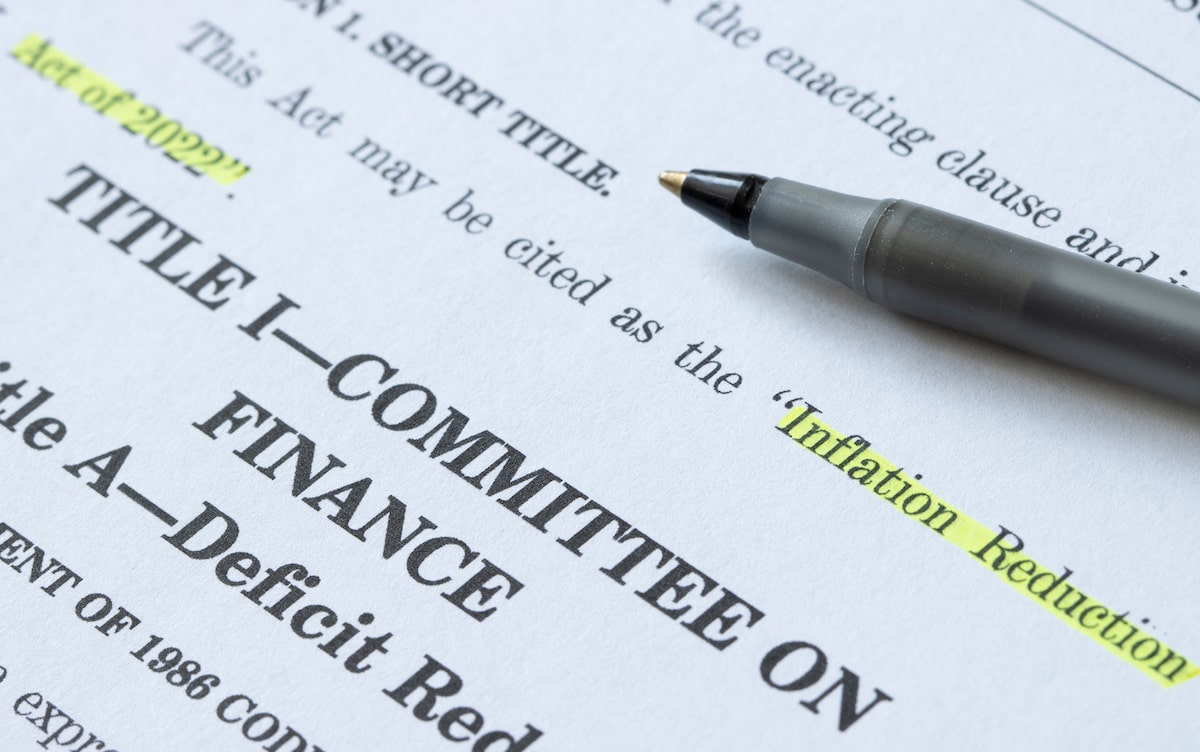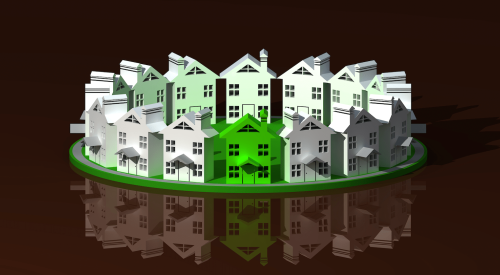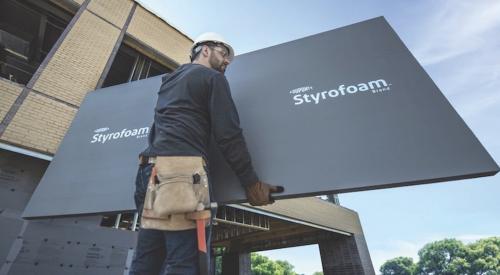The Inflation Reduction Act (IRA) was passed by the U.S. Senate on August 7 with the intent to lower everyday costs for American families and to boost the economy following the devastating COVID-19 pandemic. The historic bill seeks to lower prescription drug costs, health care costs, and energy costs, and according to The White House, it will also be the most progressive policy to combat a worsening climate crisis in U.S. history.
Considered to be a ‘Build Back Better 2.0’ the Inflation Reduction Act also has a number of serious implications for the residential construction sector, which is why NAHB is lobbying to revise a few key proposals that will impact home builders the most.
Updated Energy Codes
The Inflation Reduction Act will allocate a total of $1 billion in grants for state and local governments to adopt more stringent energy codes that meet or exceed the 2021 International Energy Conservation Codes (IECC) for residential buildings, the ASHRAE 90.1 2019 standard for commercial buildings, or a code that achieves the equivalent or greater energy savings of those two codes. Funds may be used to implement a plan for jurisdictions to achieve full compliance with these energy codes, including active training and enforcement programs and measurement of the rate of compliance each year.
The ability to amend the model code is limited as the IRA requires that it must still achieve the equivalent energy savings as the 2021 IECC, and because the program is available for eight years, jurisdictions that utilize this program before it’s next revision in 2029 will still use the 2021 IECC as a benchmark for future changes.
NAHB’s regulatory team is lobbying for the federal government to leave the code adoption process up to state and local governments, but jurisdictions that accept IRA funding will be required to implement updated codes that ensure new buildings can produce or procure enough renewable energy to achieve zero net carbon annually.
Home Rebate Program
The Inflation Reduction Act will also allocate $4.3 billion for an energy performance-based rebate that supports homeowners by helping them reduce their energy costs. Funding through the home rebate program will go toward retrofits and will not be applied to new construction.
Low and moderate income (LMI) households are eligible for a larger percentage of rebates, but non-LMI homeowners can also receive up to $2,000 or 50% of project costs with a model energy savings of not less than 20%. For energy savings of not less than 35%, homeowners can receive $4,000 or 50% of project costs. Another $4.275 billion of IRA funding is reserved for the High Efficiency Electric Home Rebate Program, which aims to electrify homes for LMI households with a per household rebate that will be capped at $14,000. The High Efficiency Electric Home Rebate Program covers 100% of electrification project costs for low income households, which are below 80% of the area meeting income, and 50% of costs for moderate income households.
Contractor Training Program
As part of both rebate programs, the Home Energy Efficiency Contractor Training Grant Program allocates $200 million for states to develop programs that will train and educate contractors involved in the installation of home energy efficiency and electrification improvements. Funds may be used to reduce the cost of training contractor employees, to provide testing and certification of contractors trained and educated under the state program, and to partner with nonprofit organizations to develop and implement a state program.
NAHB is closely monitoring the regulatory framework of the IRA’s Home Energy Efficiency Contractor Training Grant Program to create a pathway for state and local HBAs to partner with the state in order to take full advantage of the grant’s funding and training resources.
Tax Incentives
A significant portion of the inflation Reduction Act focuses on tax incentives for energy efficiency, particularly the section 45L Tax Credit, which is also known as the New Energy Efficient Home Tax Credit. This credit was established in 2006 but was long delayed by Congress before it expired at the end of 2021. The Inflation Reduction Act is not just delivering a retroactive extension, but it will also provide the credit with the longest lifespan it's ever had, offering tax incentives for the next 10 years through 2032.
For this year, the credit provides builders with a $2,000 tax credit for constructing an energy efficient home. Any dwelling unit built under the Residential Energy Code, including low rise multifamily, is potentially eligible for qualifying dwelling units that are sold or leased by the end of 2022.
For this year, the qualification pathway for the credit remains the same as it was in 2021. The qualifying unit must achieve an annual level of heating and cooling energy consumption that is at least 50% below the standards set under the 2006 IECC, but starting in 2023, the qualification pathway shifts from the IECC over to the EPA’s ENERGY STAR program. The exact requirements to qualify will depend on when the unit is acquired as well as whether it falls into the single-family or multifamily ENERGY STAR program. In addition, the dwelling unit has to meet any local or regional requirements set forth by the ENERGY STAR program.
Starting next year, the bill also establishes a new second higher credit tier within Section 45L. To qualify for this tier, which is available for both single family and multifamily, the dwelling unit must be certified as a Zero Energy Ready Home under the Zero Energy Ready Home Program of the Department of Energy, and beginning in 2023, the credit amount for single-family units will increase by $500 to $2,500.













